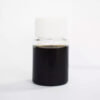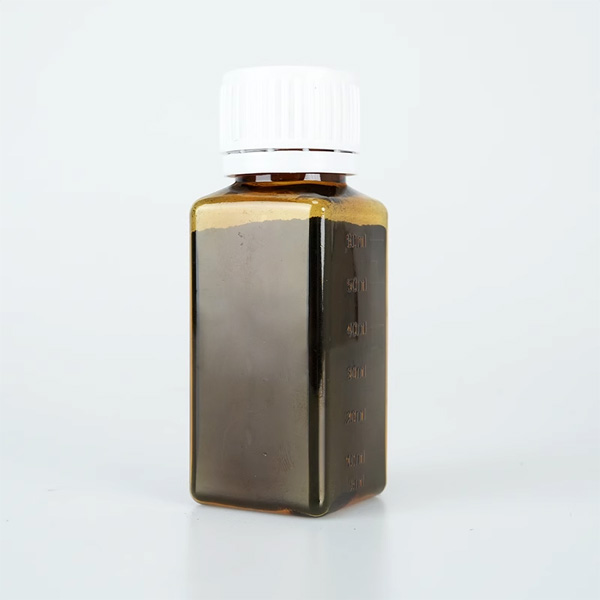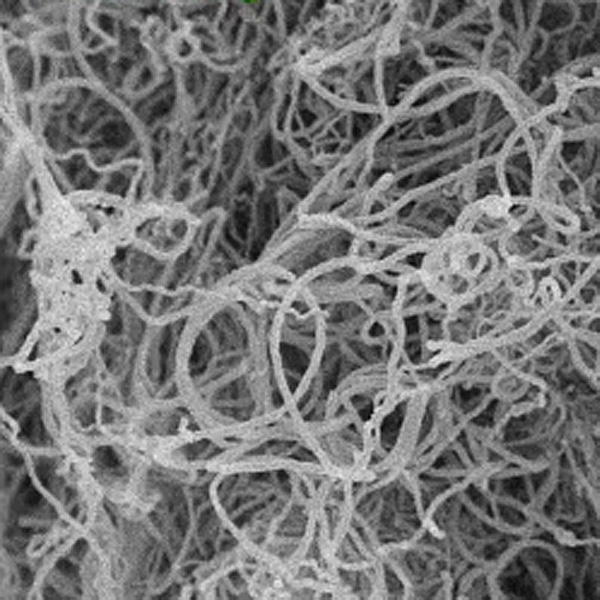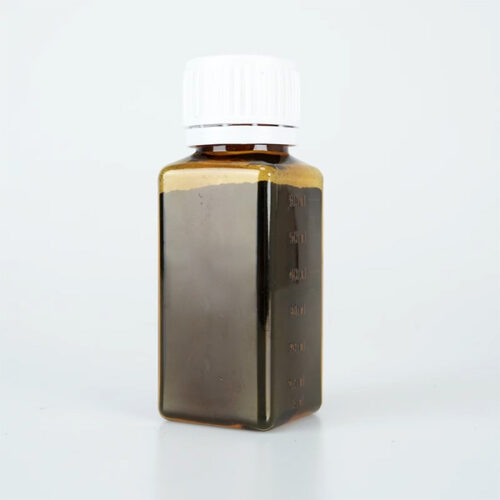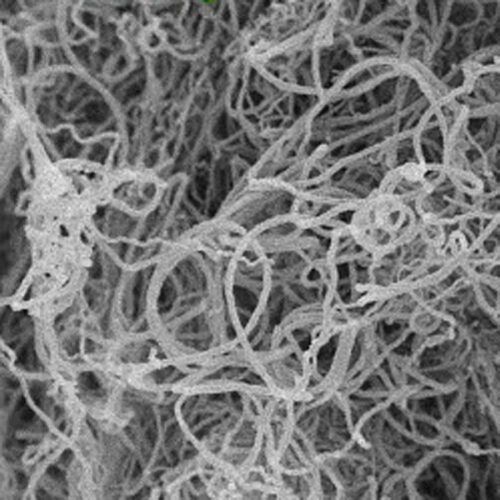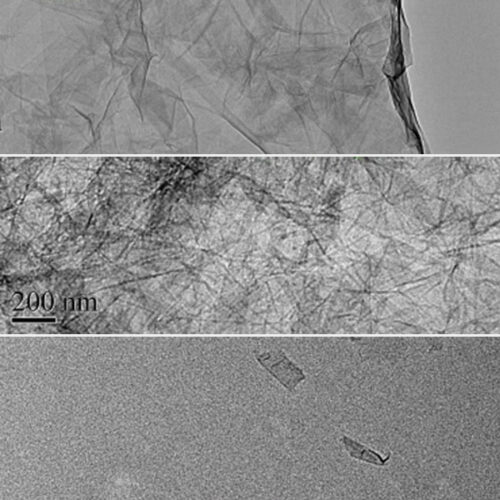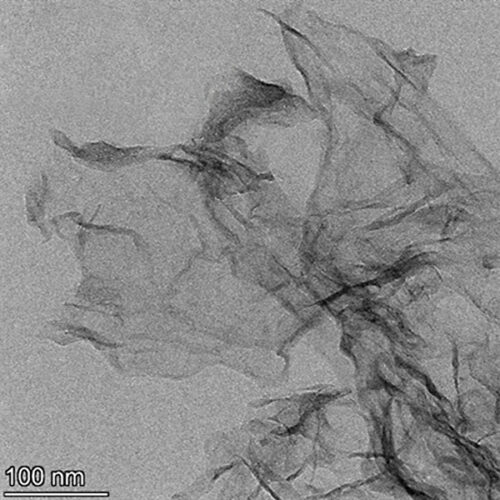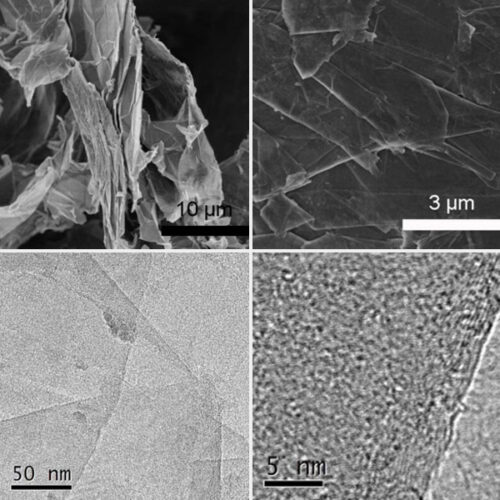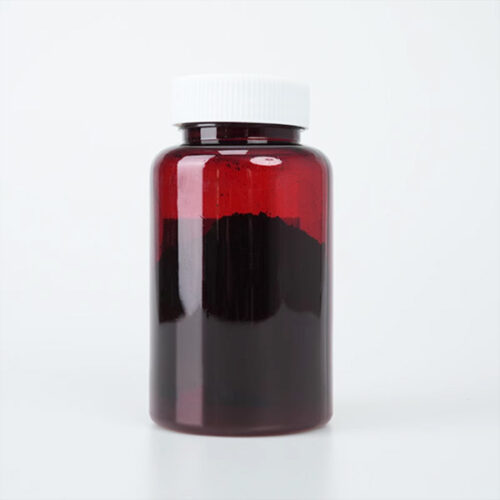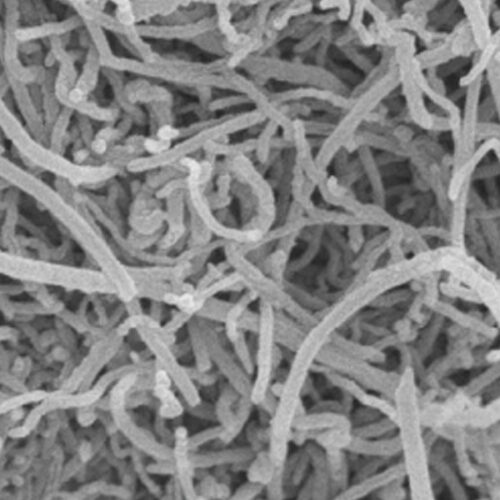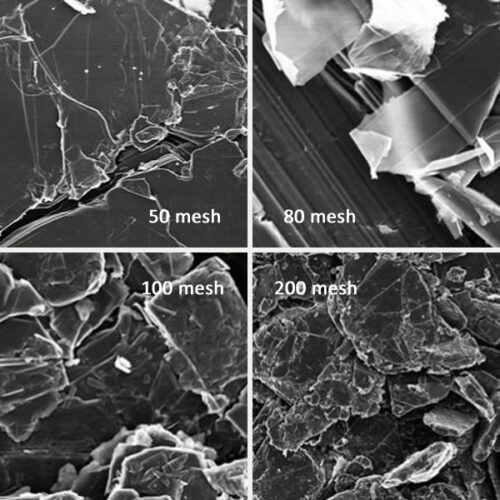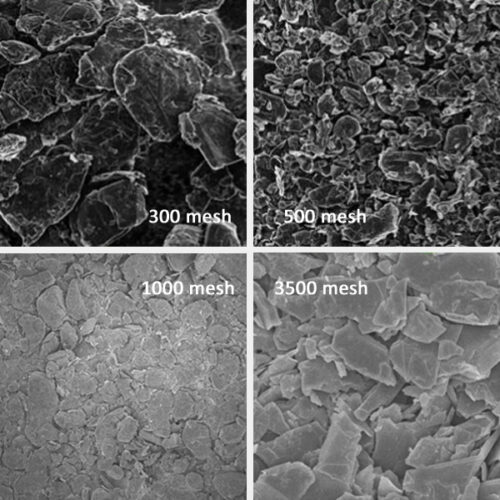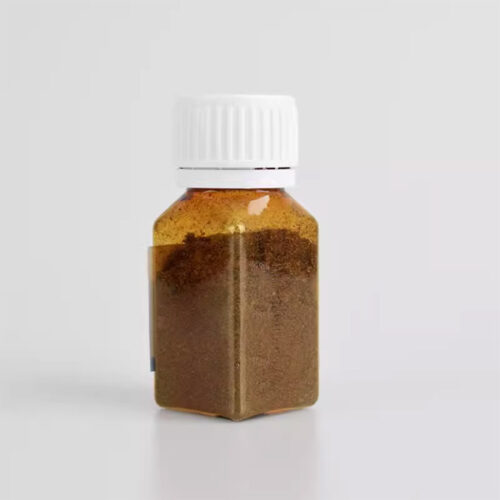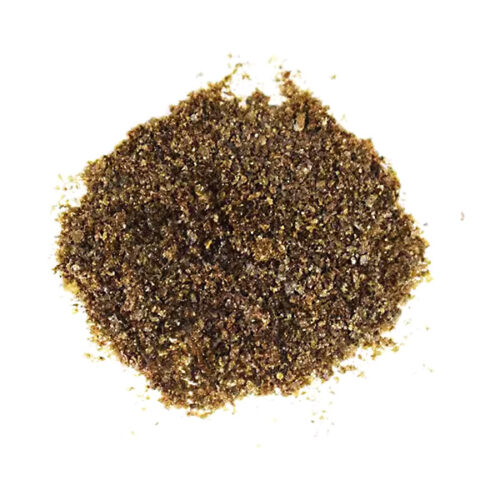Carboxyl Multi Walled Carbon Nanotubes (long)
Introduction:
Carboxyl multi walled carbon nanotubes (MWCNTs) are a type of carbon nanotube that has been functionalized with carboxyl groups (-COOH).
Multi-walled carbon nanotubes consist of multiple concentric layers of rolled graphene sheets, creating a tube-like structure with several walls.
The addition of carboxyl groups to the surface of these nanotubes enhances their chemical reactivity and compatibility with other materials.This functionalization process improves the solubility and dispersion of the nanotubes in various solvents and matrices, making them more suitable for a wide range of applications.
Properties:
| Product name | Carboxyl multi-walled carbon nanotubes (long) |
| Purity | >95% |
| Outer Diameter (nm) | 5~15 |
| Length(μm) | 10~30 |
| Color | Black |
| Tap density (g/cm³) | 0.27 |
| True density (g/cm³) | ~2.1 |
| Carboxyl content (wt%) | 3.86 |
| Electric Conductivity (s/cm) | >100 |
| Making method | CVD |
Applications of Carboxylated Multi-Walled Carbon Nanotubes:
Polymer Additives: Improve the mechanical, electrical, and thermal properties of polymer composites.
Catalysts: Serve as support materials for various catalytic processes.
Field Emitters: Used in electron field emitters for cathode ray lighting elements.
Flat Panel Displays: Enhance the performance and durability of flat panel display technology.
Gas Discharge Tubes: Employed in telecommunications networks to improve gas discharge tube efficiency.
Electromagnetic Wave Absorption and Shielding: Provide effective electromagnetic interference (EMI) shielding and absorption.
Energy Conversion: Improve the efficiency of energy conversion devices.
Lithium Battery Anodes: Used in lithium-ion batteries to enhance anode performance.
Hydrogen Storage: Facilitate hydrogen storage for energy applications.
Nanotube Composites: Create enhanced composite materials by filling or coating with nanotubes.
Nanoprobes: Serve as nanoprobes for scanning tunneling microscopy (STM), atomic force microscopy (AFM), and electrostatic force microscopy (EFM).
Nanolithography: Utilized in precise nanolithography processes.
Nanoelectrodes: Improve the performance of nanoelectrodes in various electronic applications.
Drug Delivery: Enhance drug delivery systems due to their improved biocompatibility.
Sensors: Used in the development of highly sensitive sensors.
Composite Reinforcement: Strengthen composite materials for various structural applications.
Supercapacitors: Improve the performance and capacity of supercapacitors.
Specification:
Our standard packaging sizes include 10g and 50g.
We also offer various other types of carbon nanotubes. Please contact us for more detailed information.

